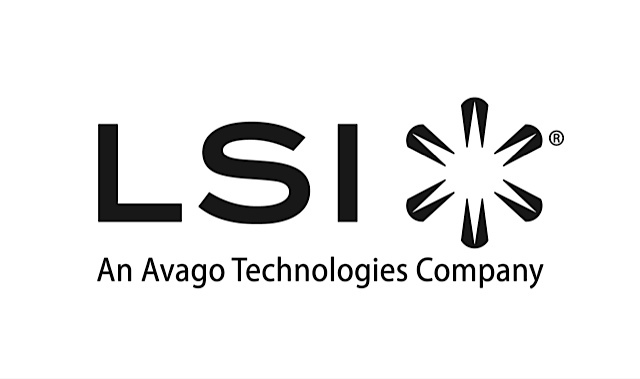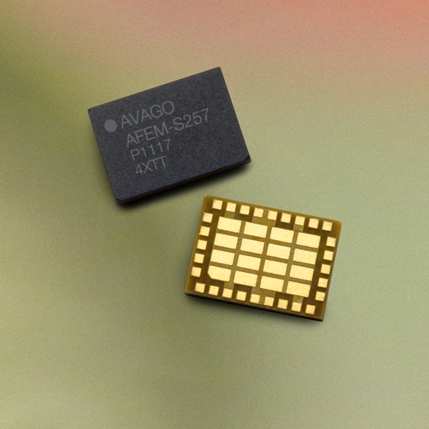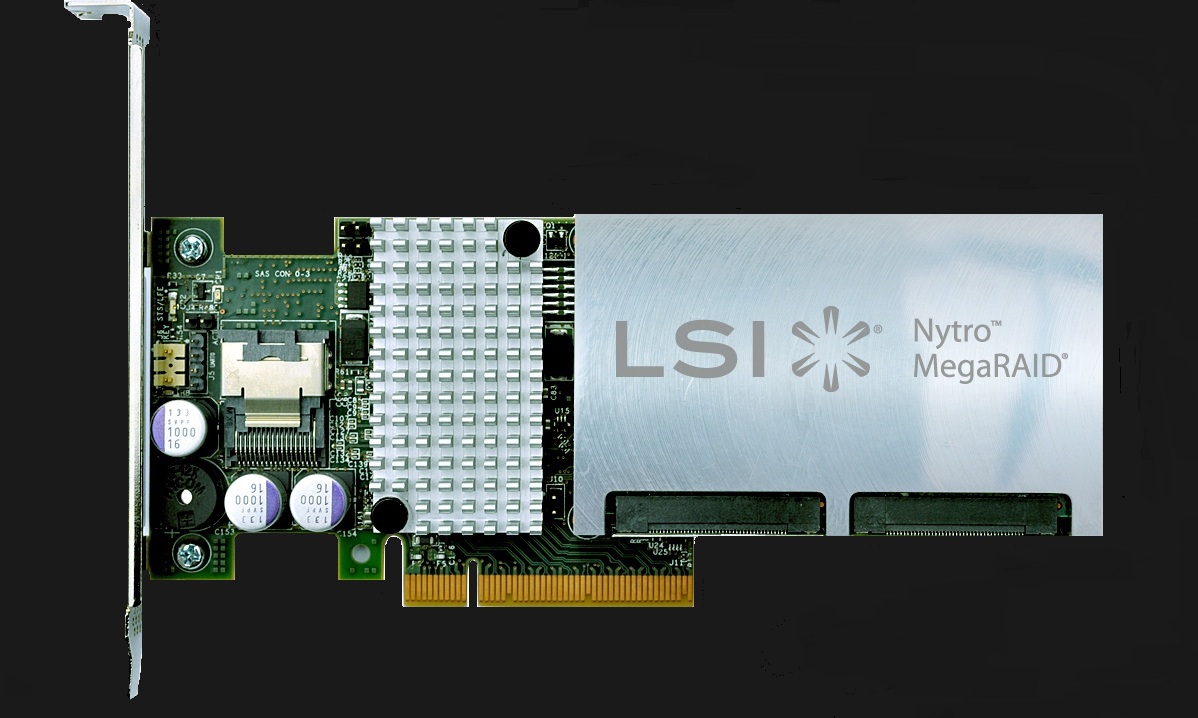LSI and Avago - the inconspicuous merger of giants

In the world of IT and high technology, multi-billion dollar transactions, during which companies change owners, are absolutely not uncommon. Some of them are riveted by the public's attention (commonplace examples are Instagram, Oculus Rift and Beats), while others, in spite of substantial sums, remain completely unnoticed by almost no one except industry experts. So it was with LSI, which Avago Technologies acquired for an impressive amount of $ 6.6 billion. What is this company, Avago Technologies, and why did they pay $ 11.15 per share for LSI shares?
To understand what this merger carries, it is necessary to delve into the history of both companies.
Avago Technologies is a Singapore-based company with headquarters in Singapore and San Jose in California. Its history began in 1961, when a department engaged in research work in a number of hi-tech industries was organized at Hewlett-Packard. In 1999, Agilent Technologies was founded on the basis of this department, to which all HP businesses that are not directly related to computers, information storage and image processing were transferred. Agilent's IPO was one of the most significant in the history of Silicon Valley. Agilent did a lot of things, so it was decided to concentrate the company's efforts and sell some of the businesses.

')
In 2001, the medical division (one of the first in HP) was sold to Philips, and in 2005 to Kohlberg Kravis Roberts and Silver Lake Partners was sold to the Semiconductor Products Group (group of semiconductor products). It was this division that later became Avago Technologies. The range of Avago products is incredibly wide, starting with LEDs and ending with microwave chips. The company sells its products to more than 7,000 customers worldwide. Many customers of the company work in the military-industrial complex and aerospace industry. Components of homing systems, jet engine control systems, navigation systems, components of radar devices and secure communications are manufactured for them.

The development of the company in such areas as mobile communication, fiber-optic communication lines, radio equipment is also finding its application.
Now a little about the company LSI.

It was founded in 1981 in California under the name LSI Logic. Initial funding was received from venture capital investors (including Sequoia Capital), in May 1983, the company entered the IPO. In the 90s ... the main focus of the company’s work is SoC, SAS, RAID, and everything else associated primarily with data storage systems. Strengthening the company has contributed to a number of very smart purchases: Mint Technology, Symbios Logic, Seeq, IntraServer, Syntax Systems and many others. One of the most significant purchases was the acquisition of the American Megatrends RAID controller unit in 2001 and the purchase of the manufacturer of flash memory controller SandForce in 2012.

Thus, at the moment, LSI has accumulated a huge pool of patents and developments in the field of corporate data storage systems and mega-data centers. Avago, on the other hand, has technology for fiber optic data transmission. The new alliance is capable of giving a noticeable impetus to the market, because now it is often the data lines that are becoming a bottleneck in huge data centers.
Another unexpected piece of news came out quite recently, May 29, 2014. Seagate Technology acquired the AvSI Acceleration Solutions and Flash Components Division from Avago - LSI's Accelerated Solutions Division (“ASD”) and Flash Components Division (“FCD”). The amount of the transaction - 450 million dollars in cash. This is a useful acquisition for Seagate, which will enable the corporation to offer a more comprehensive storage solution package. Avago, in turn, made it clear that their interest was precisely developments in the field of SAS and corporate data storage systems.
In my turn, I will continue to acquaint you with the innovations that LSI will present (now the LSI an Avago Technologies Company), and not forget about interesting excursions into the history of computer technology and data storage.
Source: https://habr.com/ru/post/224861/
All Articles